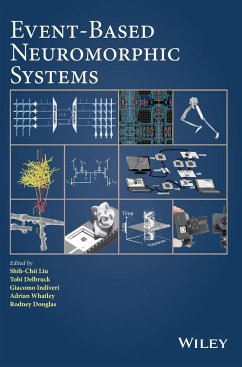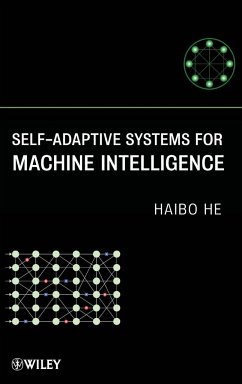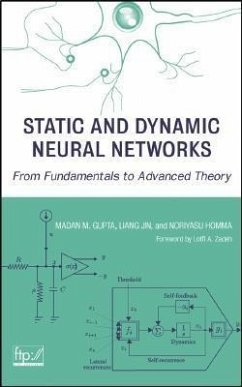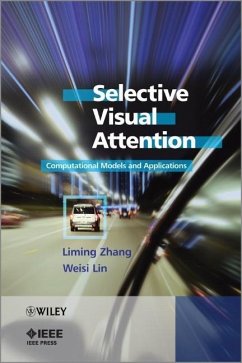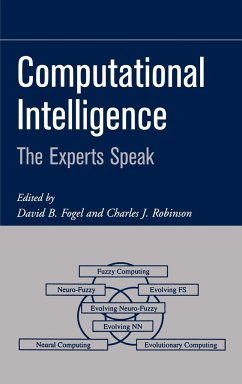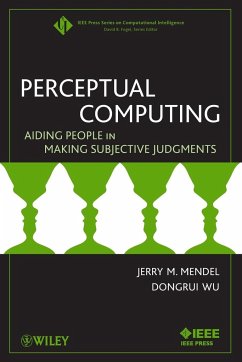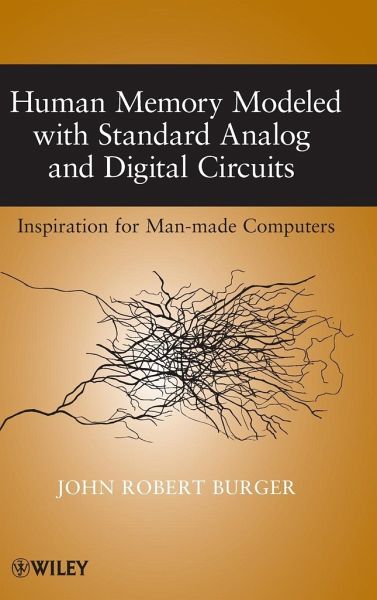
Human Memory Modeled with Standard Analog and Digital Circuits
Inspiration for Man-Made Computers

PAYBACK Punkte
92 °P sammeln!
Offering a new perspective on how the brain works and how it inspires new avenues for design in computer science and engineering, Human Memory Modeled with Standard Analog and Digital Circuits explains (artificial) neural networks by means of man-made circuit configurations inspired by brain sciences. The book reveals the workings of cognition and memory, including the ferroelectric behavior of neural membranes, logical properties of neural pulses, and the architecture of cognition. Ample examples of reversible programming for massively parallel processors (and quantum computers) provide graduate students, professionals, and researchers with a vital resource.
Gain a new perspective on how the brain works and inspires new avenues for design in computer science and engineering
This unique book is the first of its kind to introduce human memory and basic cognition in terms of physical circuits, beginning with the possibilities of ferroelectric behavior of neural membranes, moving to the logical properties of neural pulses recognized as solitons, and finally exploring the architecture of cognition itself. It encourages invention via the methodical study of brain theory, including electrically reversible neurons, neural networks, associative memory systems within the brain, neural state machines within associative memory, and reversible computers in general. These models use standard analog and digital circuits that, in contrast to models that include non-physical components, may be applied directly toward the goal of constructing a machine with artificial intelligence based on patterns of the brain.
Writing from the circuits and systems perspective, the author reaches across specialized disciplines including neuroscience, psychology, and physics to achieve uncommon coverage of:
Neural membranes
Neural pulses and neural memory
Circuits and systems for memorizing and recalling
Dendritic processing and human learning
Artificial learning in artificial neural networks
The asset of reversibility in man and machine
Electrically reversible nanoprocessors
Reversible arithmetic
Hamiltonian circuit finders
Quantum versus classical
Each chapter introduces and develops new material and ends with exercises for readers to put their skills into practice. Appendices are provided for non-experts who want a quick overview of brain anatomy, brain psychology, and brain scanning. The nature of this book, with its summaries of major bodies of knowledge, makes it a most valuable reference for professionals, researchers, and students with career goals in artificial intelligence, intelligent systems, neural networks, computer architecture, and neuroscience.
A solutions manual is available for instructors; to obtain a copy please email the editorial department at ialine@wiley.com.
This unique book is the first of its kind to introduce human memory and basic cognition in terms of physical circuits, beginning with the possibilities of ferroelectric behavior of neural membranes, moving to the logical properties of neural pulses recognized as solitons, and finally exploring the architecture of cognition itself. It encourages invention via the methodical study of brain theory, including electrically reversible neurons, neural networks, associative memory systems within the brain, neural state machines within associative memory, and reversible computers in general. These models use standard analog and digital circuits that, in contrast to models that include non-physical components, may be applied directly toward the goal of constructing a machine with artificial intelligence based on patterns of the brain.
Writing from the circuits and systems perspective, the author reaches across specialized disciplines including neuroscience, psychology, and physics to achieve uncommon coverage of:
Neural membranes
Neural pulses and neural memory
Circuits and systems for memorizing and recalling
Dendritic processing and human learning
Artificial learning in artificial neural networks
The asset of reversibility in man and machine
Electrically reversible nanoprocessors
Reversible arithmetic
Hamiltonian circuit finders
Quantum versus classical
Each chapter introduces and develops new material and ends with exercises for readers to put their skills into practice. Appendices are provided for non-experts who want a quick overview of brain anatomy, brain psychology, and brain scanning. The nature of this book, with its summaries of major bodies of knowledge, makes it a most valuable reference for professionals, researchers, and students with career goals in artificial intelligence, intelligent systems, neural networks, computer architecture, and neuroscience.
A solutions manual is available for instructors; to obtain a copy please email the editorial department at ialine@wiley.com.




